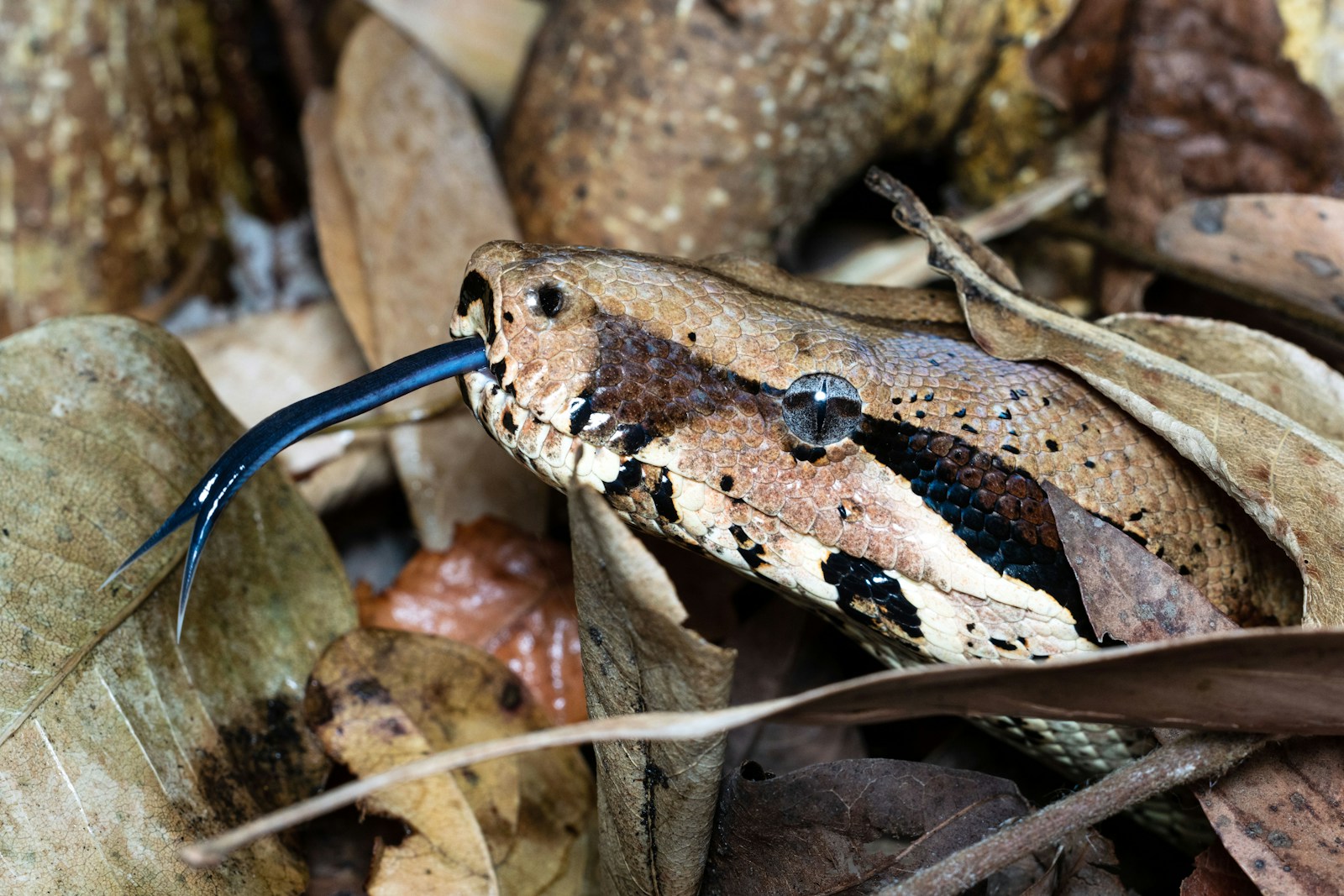Deep beneath the shifting sands of deserts across the Middle East and North Africa lives a remarkable reptile that has mastered the art of subterranean travel. The sand boa, particularly the Saharan sand boa (Eryx muelleri) and other members of the Eryx genus, possesses a unique ability to move through loose sand with the same effortless grace that earthworms display in soil. Unlike most snakes that slither across surfaces, these specialized burrowers have evolved distinctive physical adaptations and behavioral traits that allow them to “swim” through sand, creating tunnels as they go. This mesmerizing adaptation has fascinated herpetologists and casual observers alike, leading to deeper studies of how these serpents have perfected life in one of Earth’s most challenging environments.
An Evolutionary Marvel in Desert Ecosystems
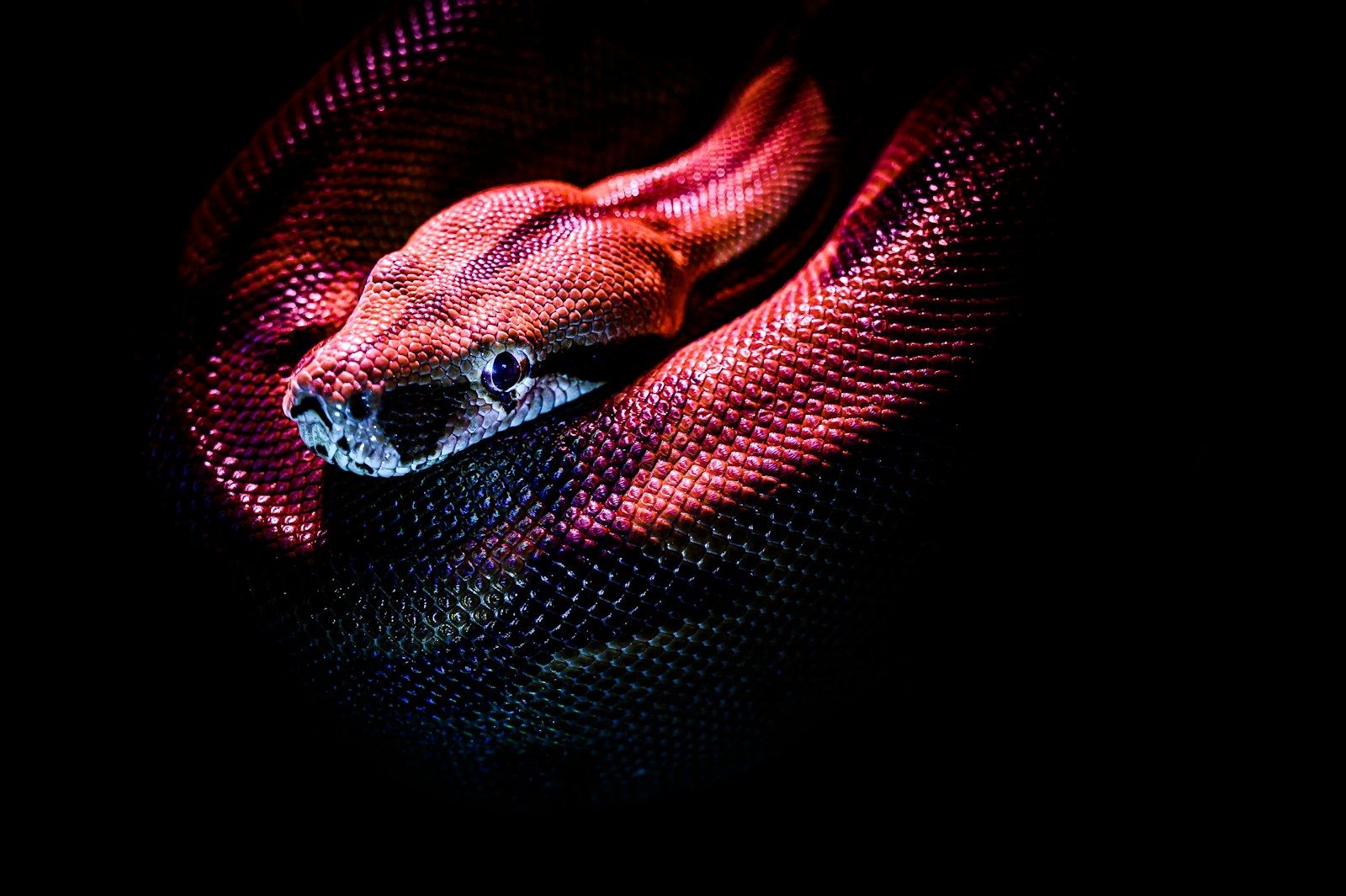
Sand boas represent a fascinating example of convergent evolution, where similar traits develop independently in unrelated species facing similar environmental pressures. These snakes have evolved characteristics resembling those of amphisbaenians (worm lizards) and certain specialized lizards, despite being members of the Boidae family—relatives of massive constrictors like anacondas. Their worm-like burrowing adaptations have developed over millions of years in response to the harsh desert conditions where surface temperatures can exceed 140°F (60°C) during daylight hours. By adopting a subterranean lifestyle, sand boas can access more stable temperatures, avoid predators, and ambush prey while expending minimal energy. This evolutionary pathway has created a highly specialized predator perfectly suited to sandy environments that would be uninhabitable for many other snake species.
Physical Adaptations for Sand Swimming
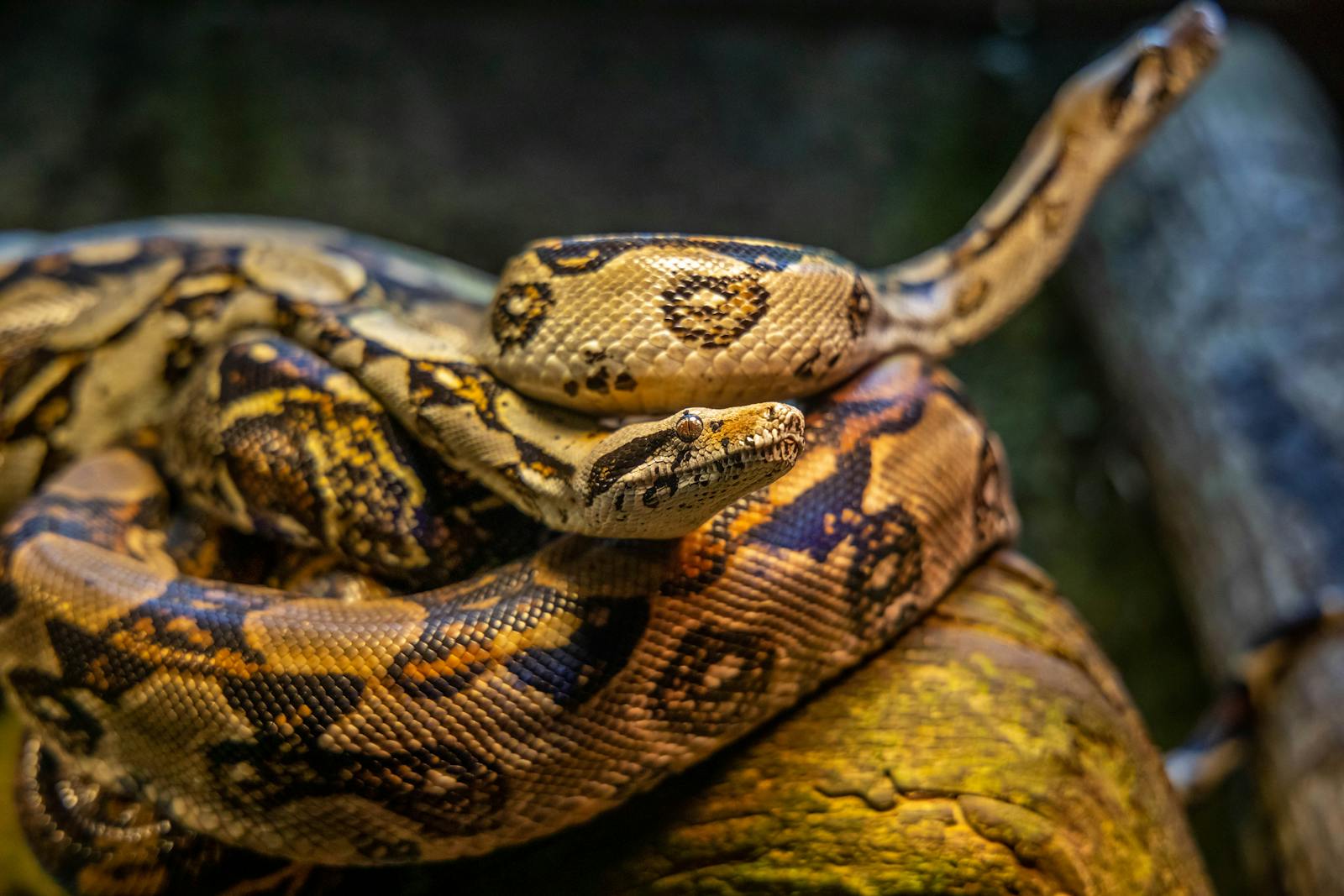
Sand boas possess a remarkable suite of physical characteristics that facilitate their underground lifestyle. Their bodies are cylindrical and compact, with smooth, tightly overlapping scales that reduce friction against sand particles. Unlike surface-dwelling snakes with pronounced ventral scales that grip terrain, sand boas have more uniform scaling around their entire circumference. Their heads are blunt and wedge-shaped—not distinct from their necks—allowing them to push through sand without catching or accumulating particles. Perhaps most distinctive are their tiny eyes, which are positioned on top of their heads rather than on the sides, protecting them from abrasion while still allowing the snake to see potential threats or prey when partially emerged. These snakes also possess specialized nasal valves that prevent sand from entering their respiratory system while burrowing.
The Remarkable Locomotion of Sand-Swimming Serpents
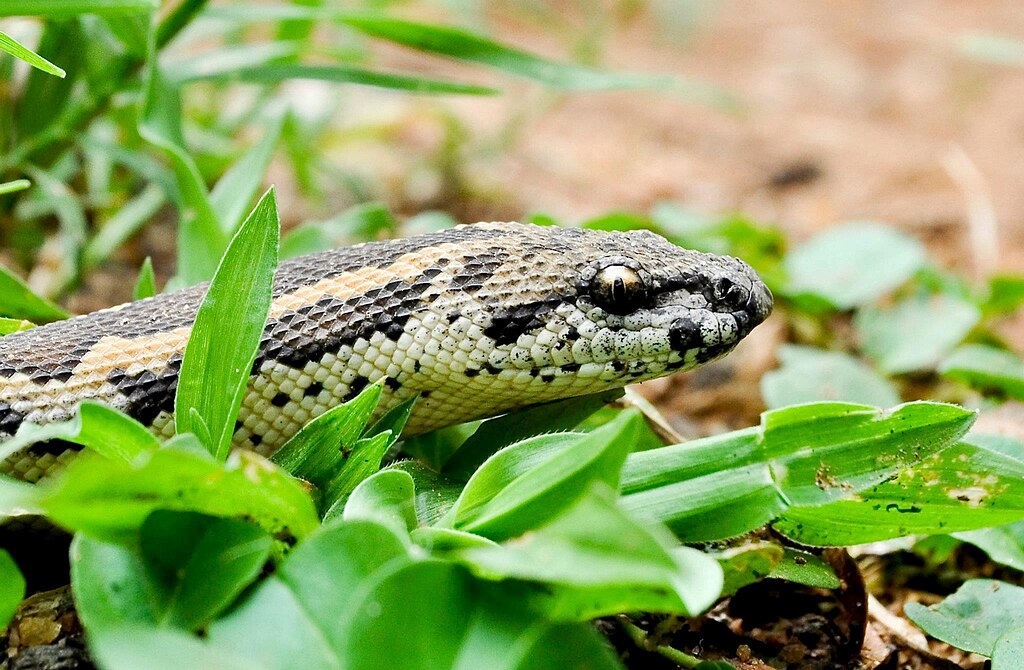
The sand boa’s movement through substrate differs dramatically from the familiar sinusoidal (S-shaped) locomotion most snakes use on solid surfaces. Instead, these specialized burrowers utilize a unique set of muscle contractions that resemble peristaltic motion—the same wave-like muscular contractions that earthworms use to move through soil. This specialized movement begins with the snake contracting muscles in its anterior (front) section, causing the body to narrow slightly before the muscles expand again, pushing outward against the surrounding sand to create space. This wave of contraction and expansion travels down the snake’s body, effectively allowing it to “swim” through the sand with minimal energy expenditure. Researchers studying this locomotion have found that sand boas can move nearly as efficiently below the surface as they can above it—a rare feat among vertebrates.
Desert Predators: Hunting Strategies Beneath the Sand
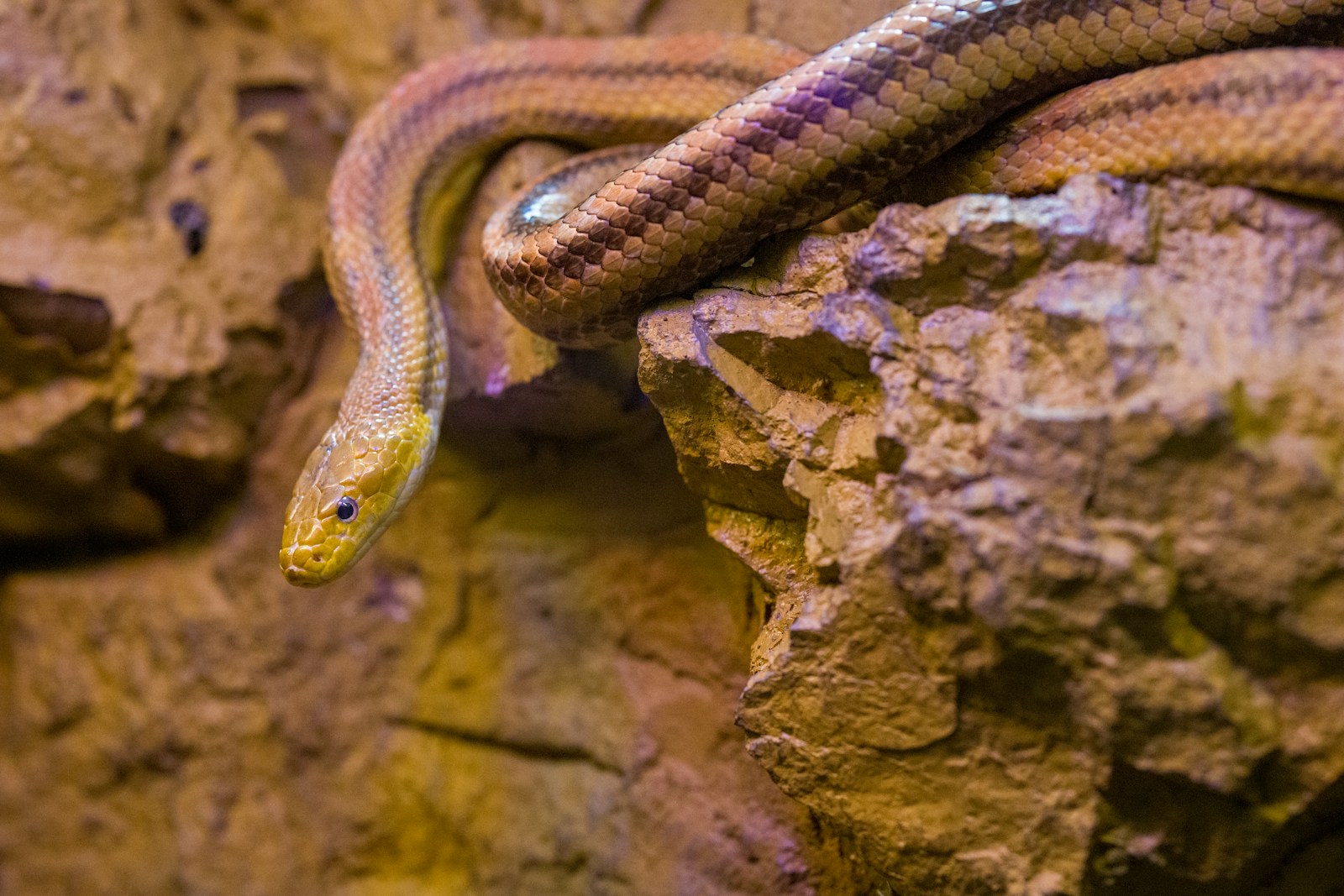
Sand boas have developed hunting techniques that perfectly complement their burrowing lifestyle. These ambush predators will often position themselves just beneath the sand’s surface with only their eyes and nostrils exposed, waiting patiently for small mammals, lizards, or even other snakes to pass overhead. When prey is detected, the sand boa erupts from below with surprising speed, using its powerful constricting abilities to subdue victims before they can escape. Some species have evolved additional sensory adaptations that allow them to detect the vibrations of potential prey moving across the sand’s surface. Their hunting strategy is remarkably energy-efficient, requiring minimal movement while maximizing success rates in environments where prey can be scarce. Unlike many active-foraging snakes, sand boas can survive on fewer meals due to their reduced metabolic demands while burrowed.
The Saharan Sand Boa: Master of North African Dunes
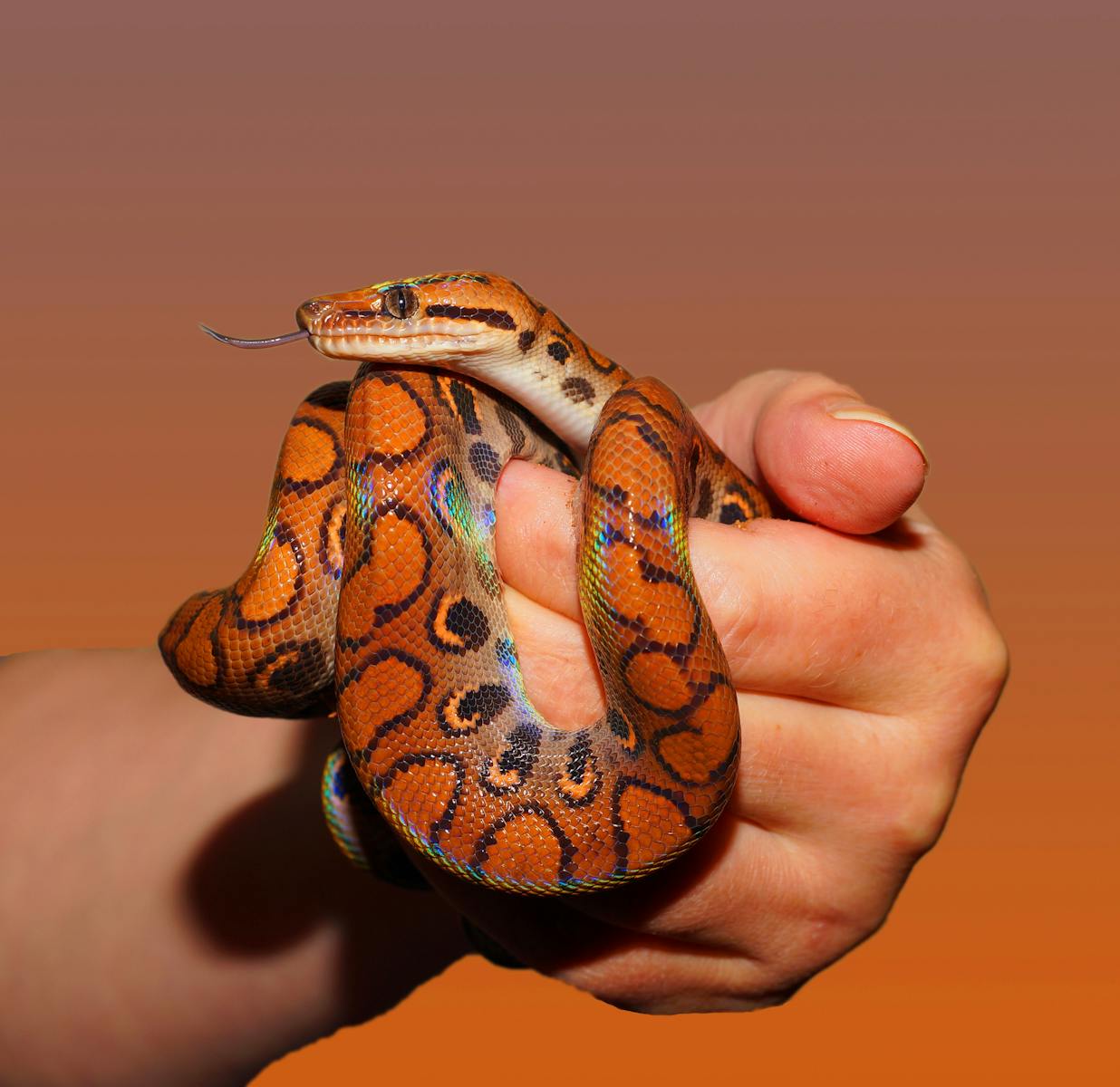
The Saharan sand boa (Eryx muelleri) represents one of the most specialized sand-swimming serpents in the world. Native to the vast Sahara Desert spanning North Africa, this species has perfected the art of sand locomotion to an extraordinary degree. Growing to approximately 2-3 feet in length, the Saharan sand boa sports a distinctive pattern of brown or tan blotches against a lighter background—coloration that provides perfect camouflage in its native habitat. Unlike many other boas that climb trees or rocky outcroppings, the Saharan sand boa spends nearly its entire life in contact with or beneath the surface of the sand. Studies have revealed that these snakes can detect minute temperature differences in the sand, allowing them to locate optimal thermal environments at different depths depending on external conditions.
The Arabian Sand Boa: Persian Gulf Tunneler
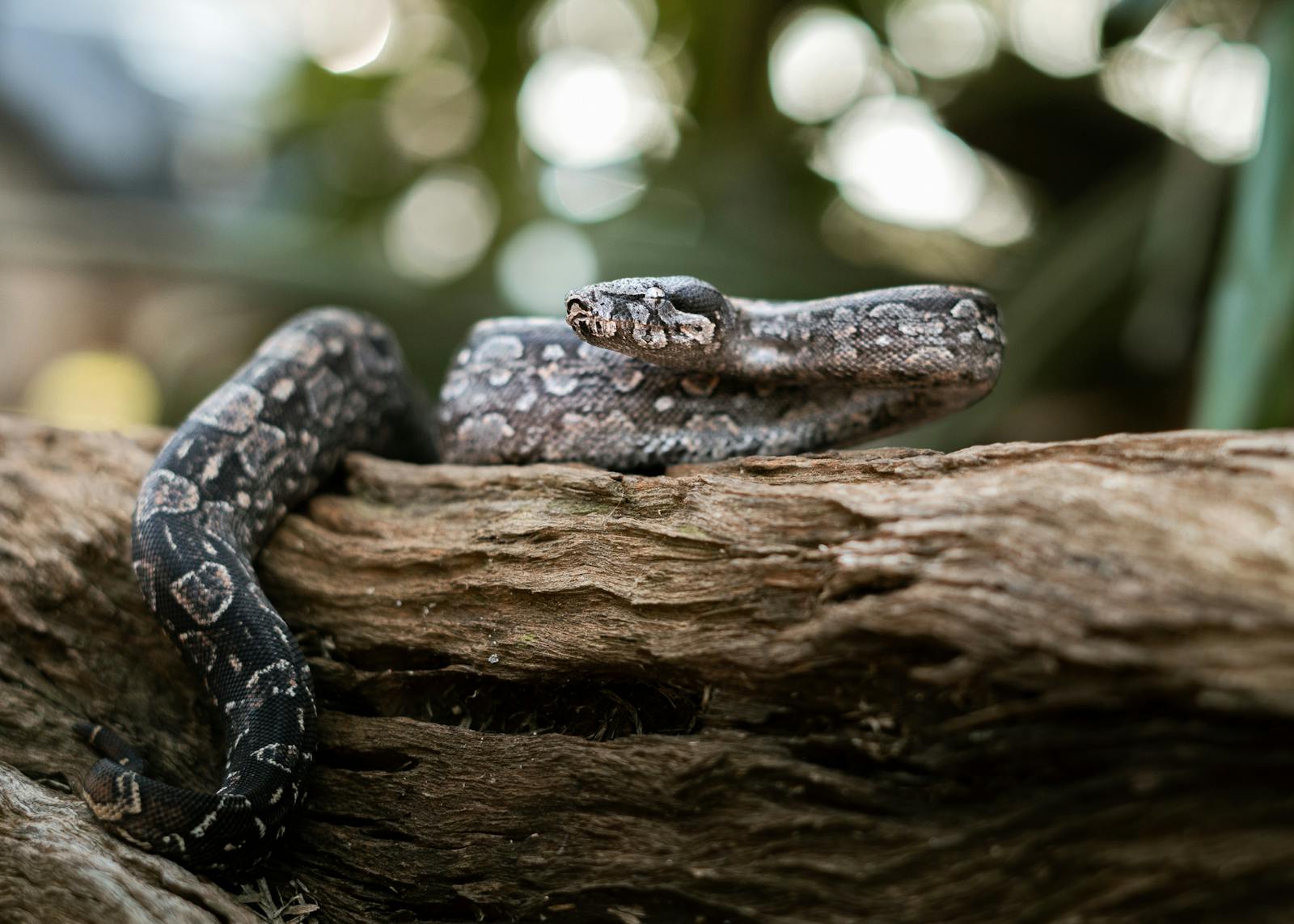
The Arabian sand boa (Eryx jayakari) inhabits the shifting dunes and sandy plains of the Arabian Peninsula, where it has adapted to some of the hottest desert environments on Earth. This smaller sand boa, typically reaching only 15-20 inches in length, possesses remarkably smooth scales that facilitate effortless movement through fine, powdery sand common in its range. Its coloration is typically a pale, uniform tan or beige that provides perfect camouflage against the light-colored substrate of Arabian deserts. The Arabian sand boa has particularly specialized lung anatomy that allows for extended periods beneath the surface without needing to emerge for air. Local folklore throughout its range tells of these snakes “swimming” through sand dunes with such speed and grace that they seem to disappear and reappear like spirits—a testament to their extraordinary burrowing abilities.
Thermal Regulation Through Strategic Burrowing

One of the most remarkable aspects of sand boa behavior is their sophisticated approach to thermal regulation through strategic burrowing. Desert environments experience extreme temperature fluctuations, with scorching days giving way to frigid nights. Sand boas manage these variations by adjusting their depth in the substrate throughout the day. During intense midday heat, these snakes may burrow several feet below the surface where temperatures remain relatively stable. As evening approaches and surface temperatures drop, they move upward to warmer layers of sand that retain heat from the day. This vertical migration allows them to maintain optimal body temperature with minimal energy expenditure. Research has shown that some sand boa species can detect temperature gradients as subtle as 1-2°C, allowing them to find the perfect thermal layer at any time of day.
Reproduction and Life Underground
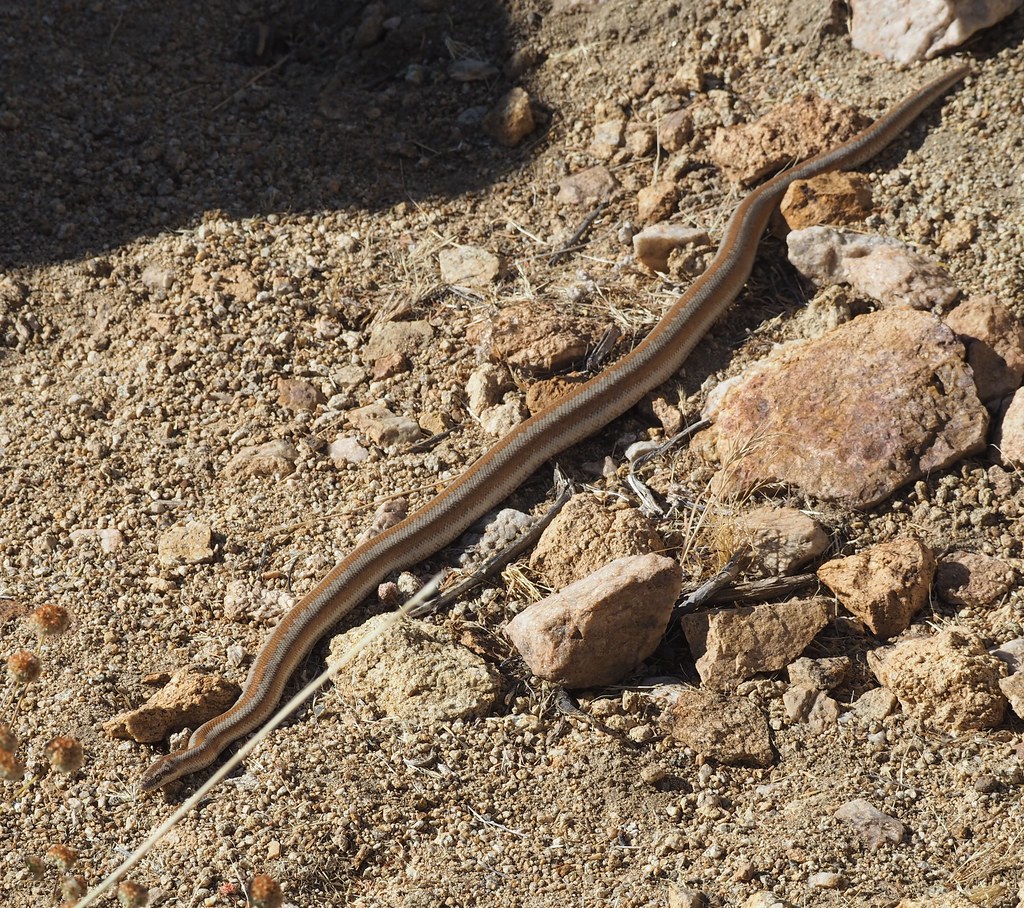
Sand boas have adapted their reproductive strategies to complement their subterranean lifestyle. Unlike many other boas that lay eggs, most sand boas are ovoviviparous, meaning they retain eggs inside their bodies until the young are fully developed and born live. This adaptation prevents vulnerable eggs from being exposed to the extreme temperature fluctuations or predators present in desert environments. Female sand boas often seek specific thermal zones beneath the sand for gestation, maintaining optimal developmental temperatures for their offspring. After birth, the juvenile snakes are immediately capable of burrowing and hunting, possessing the same specialized adaptations as adults, albeit on a smaller scale. Young sand boas typically disperse by tunneling away from their birth site, establishing their own territories underground and rarely encountering their parents again.
Sensory Adaptations for Subterranean Life
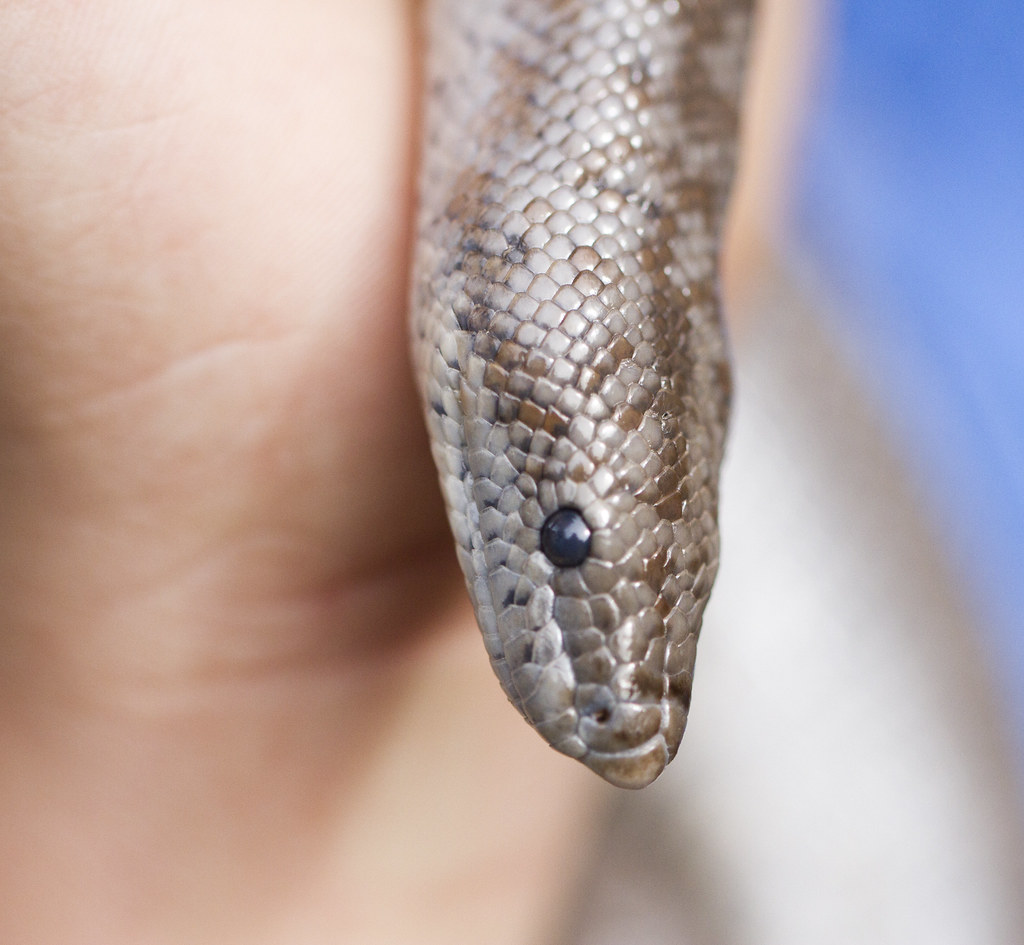
Living primarily underground presents unique sensory challenges that sand boas have overcome through specialized adaptations. While their vision is reduced compared to surface-dwelling snakes, sand boas possess highly developed tactile senses that allow them to detect subtle vibrations transmitted through sand particles. This sensitivity enables them to locate prey moving on the surface from below and avoid potential predators approaching their location. Some species have developed enhanced chemosensory abilities, using their forked tongues to sample particles in the sand and air for chemical signatures of prey or mates. The Jacobson’s organ—a specialized scent-detecting structure in the roof of the mouth—is particularly well-developed in sand boas. Additionally, these snakes can detect thermal radiation through specialized receptors, allowing them to locate warm-blooded prey even in complete darkness beneath the sand.
Conservation Challenges in Shifting Landscapes
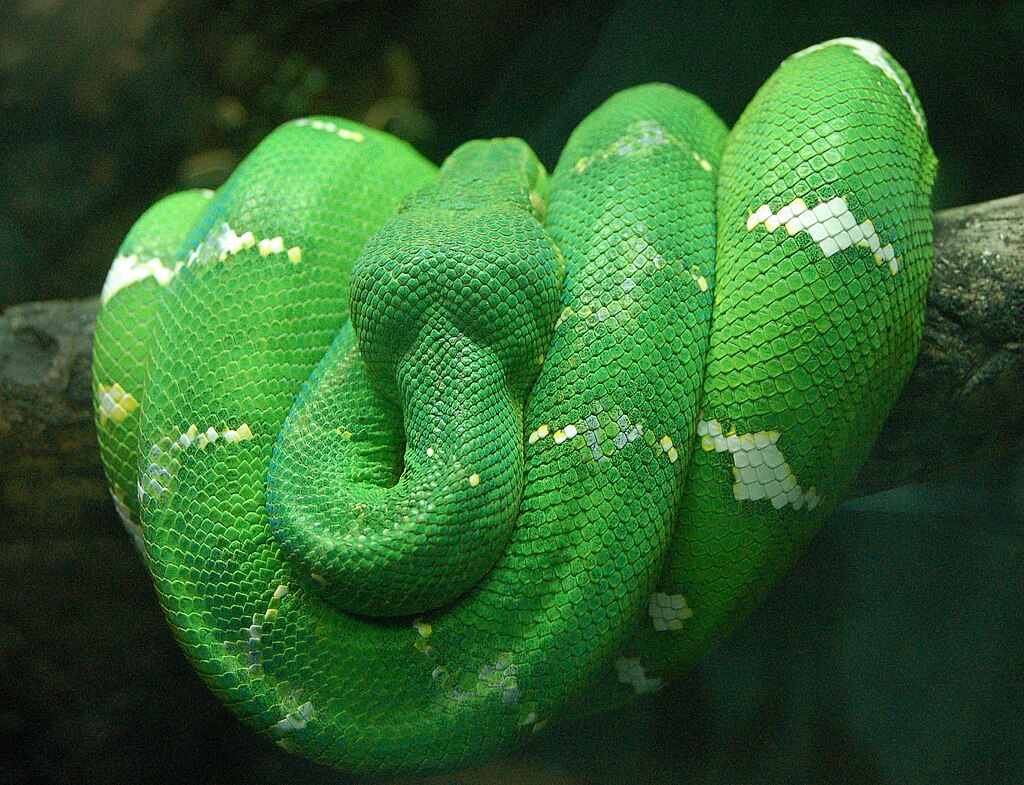
Despite their remarkable adaptations, sand boas face increasing threats from human activities across their range. Habitat destruction poses a significant challenge as desert ecosystems are converted for agriculture, urban development, and resource extraction. The specialized nature of these snakes makes them particularly vulnerable to habitat changes, as they require specific sand composition and depth for effective burrowing. Climate change presents another serious concern, potentially altering the delicate thermal balance these snakes depend on for survival. Additionally, several sand boa species have become popular in the exotic pet trade, leading to collection pressures on wild populations. Conservation efforts are complicated by the secretive nature of these snakes, making population assessments difficult and highlighting the need for greater research into their ecological requirements and distribution.
Ancient Myths and Cultural Significance
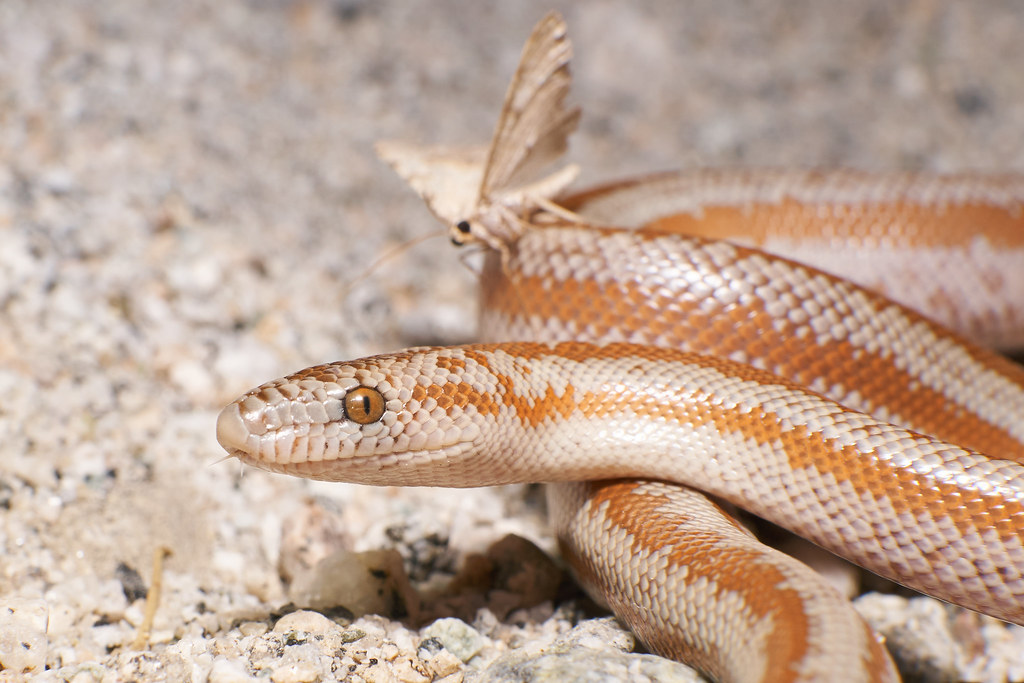
Throughout their range, sand boas have featured prominently in the mythology and folklore of desert peoples for thousands of years. In ancient Egyptian mythology, the sand boa was associated with Apophis, the serpent deity representing chaos who was believed to tunnel through the underworld. Bedouin traditions across North Africa and the Middle East include stories of djinn (supernatural beings) taking the form of sand boas that could appear and disappear beneath the dunes. Some cultural traditions held that these snakes never fully emerged from the sand, giving rise to legends about eternal subterranean serpents guarding buried treasures. The sand boa’s unique locomotion has also inspired technological innovations, with engineers studying their movement patterns to develop robots capable of navigating loose granular materials for applications in disaster response and space exploration.
Related Species: The World’s Sand-Swimming Serpents
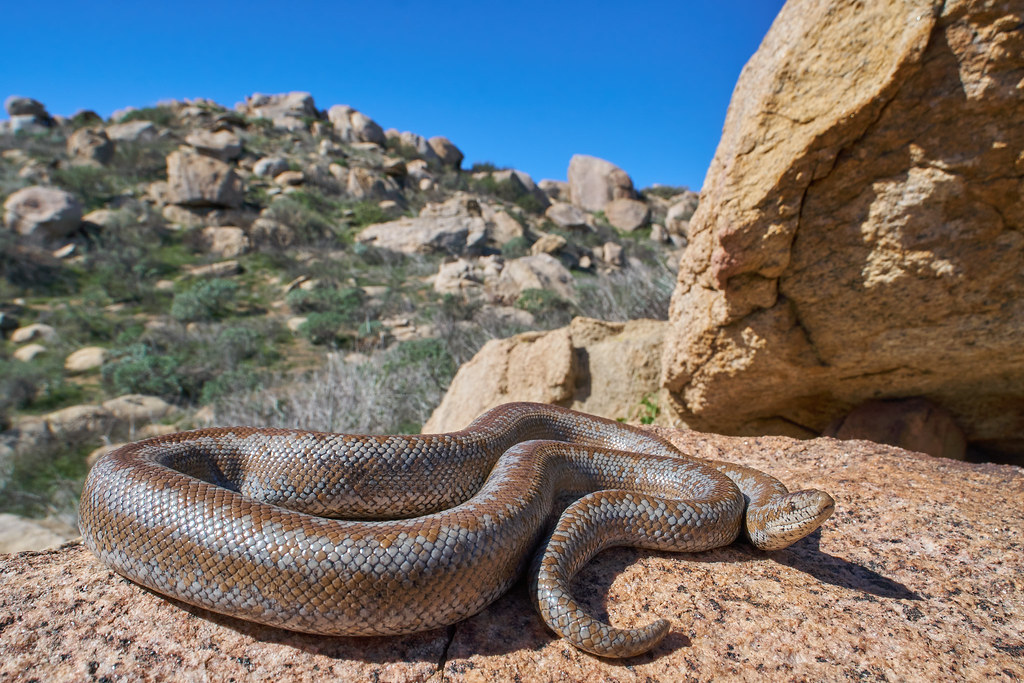
While members of the Eryx genus represent the most specialized sand-swimming snakes, similar adaptations have evolved independently in several other snake lineages around the world. The sand snakes (Psammophis species) of Africa and Asia, though primarily surface-dwellers, exhibit some sand-burrowing behaviors. In North America, the desert shovel-nosed snake (Chionactis occipitalis) has evolved a distinctly pointed snout that functions as a digging tool in sandy substrates. Australia’s woma python (Aspidites ramsayi) displays convergent evolution with sand boas, having developed a similar body shape and burrowing behaviors for its desert habitat. The sidewinder rattlesnake (Crotalus cerastes) has evolved yet another approach to sand locomotion with its distinctive sideways movement that minimizes body contact with hot sand surfaces. These diverse evolutionary responses to similar environmental pressures demonstrate how the challenge of moving through sand has repeatedly driven convergent adaptations in snakes worldwide.
Future Research and Unanswered Questions
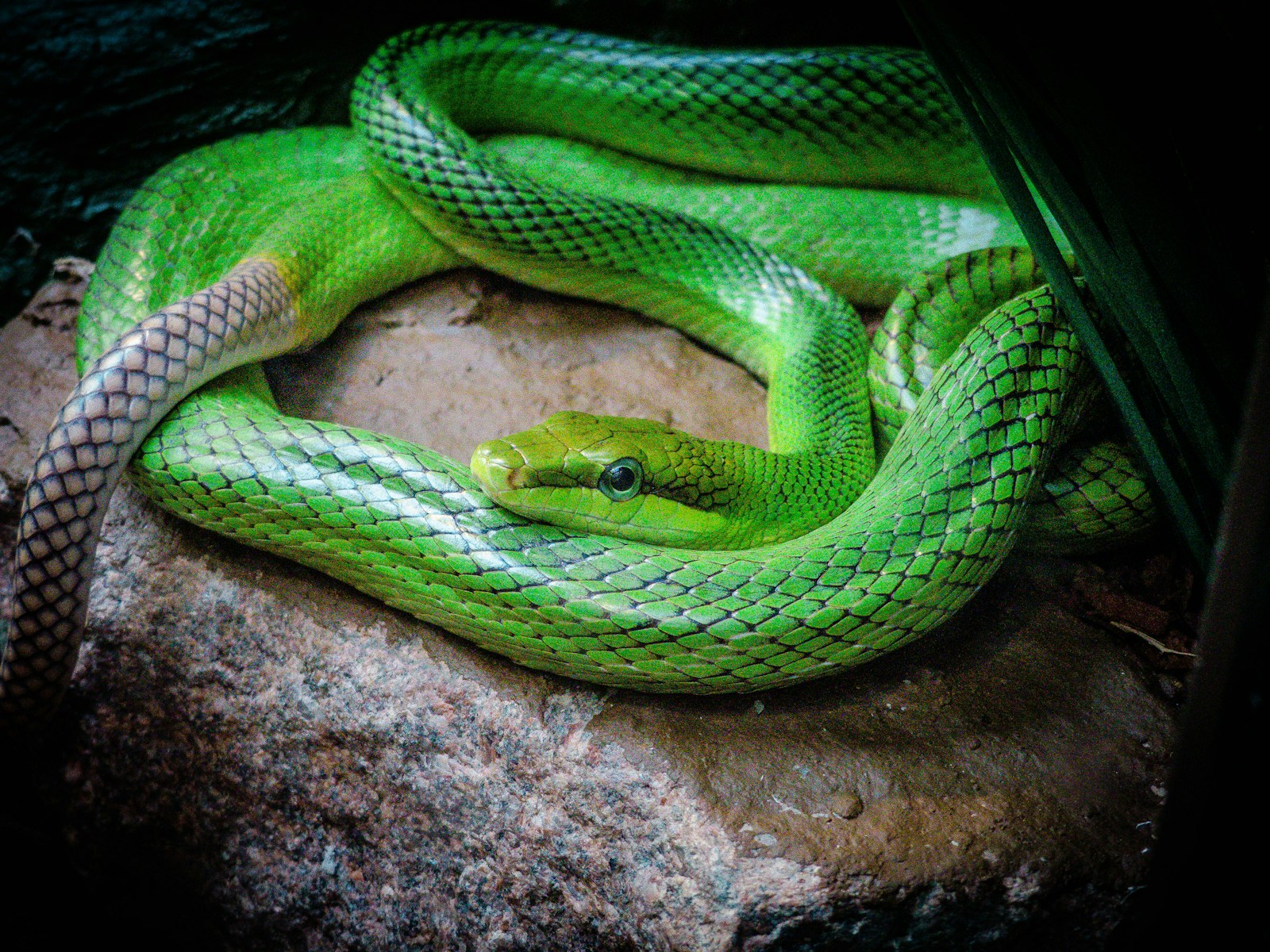
Despite centuries of observation, many aspects of sand boa biology remain poorly understood due to their secretive nature and challenging habitat. Current research focuses on better understanding the biomechanics of their unique locomotion, with potential applications in robotics and engineering. Scientists are utilizing high-speed X-ray imaging to visualize the internal muscle movements that enable these snakes to progress through sand with such efficiency. Questions remain about their population dynamics, home range size, and long-term survival strategies during extended drought periods. Genetic studies are exploring the relationship between different sand boa populations that appear physically similar but may represent distinct evolutionary lineages adapted to specific local conditions. As climate change alters desert ecosystems, understanding these remarkable snakes becomes increasingly urgent, both for their conservation and for the insights they provide into adaptations to extreme environments.
The sand boa represents one of nature’s most elegant solutions to life in an unforgiving environment. Through millions of years of evolution, these remarkable reptiles have transformed the challenges of desert living into opportunities, developing specialized adaptations that allow them to thrive where few other vertebrates can survive. Their ability to tunnel through sand with worm-like efficiency not only ensures their survival but has also captured human imagination across cultures and centuries. As we continue to study these fascinating creatures, they offer valuable lessons about adaptation, specialization, and the remarkable diversity of solutions that evolution can produce when faced with environmental challenges. In the constantly shifting sands of Earth’s deserts, these living fossils continue their ancient way of life, swimming through an ocean of sand with grace and precision that remains unmatched in the reptile world.

